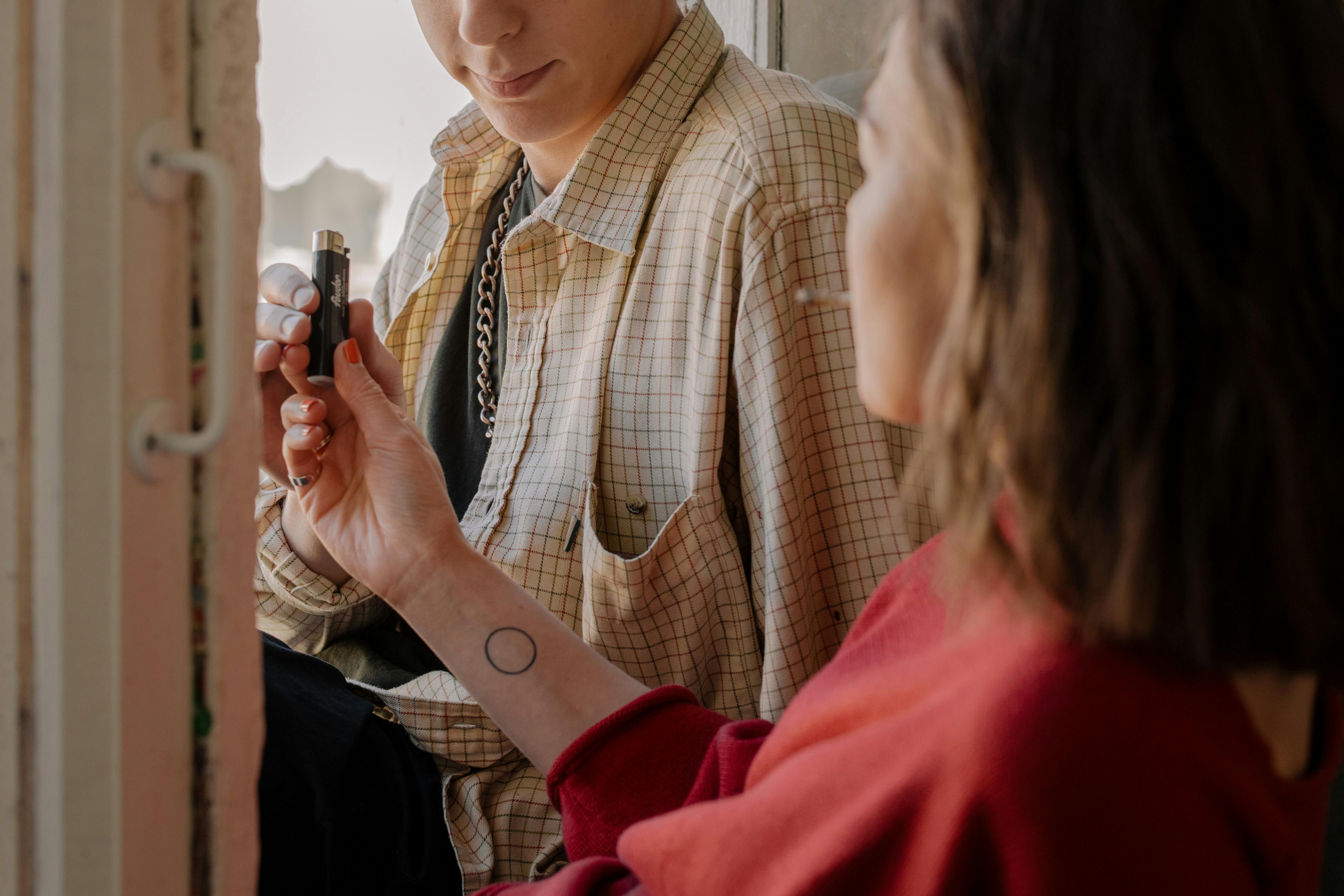
Family Caregiver – Part 3 – Patient Aids – What You Will Need and Where to Get It
Coping with the patient’s stiffness, speech problems, instability and inability to stand or walk, difficulty feeding, incontinence, etc. it’s quite difficult even when you have help. The items listed here are things that I have used for my husband who has Parkinson’s disease. Being older is a consideration. If your patient has other conditions, such as diabetes, heart problems, your list may be considerably longer or different.
You can buy the items you need at medical supply stores on the Internet or through the yellow pages of your phone book. Most people appreciate saving money when they can. Garage sales, flea markets, or real estate sales can lead to used wheelchairs and other reusable supplies. I have bought 3 used wheelchairs over time, in various conditions: some peeling paint, a small part missing or hardly used. Prices ranged from $ 15.00 to $ 40.00. One wheelchair stays in the car, another on the porch to get you to and from the car, and another in the basement shop.
Other items that may be helpful to you:
* Folding table, the kind that can be placed on a sofa for snacks, works well with the wheelchair. I especially like it because it easily moves where needed, tilts so you can read the paper at a better angle, and is washable. From time to time, you will eat at this table.
* Bedside table with wheels, like the one used in the hospital. I bought several of these tables when our County Nursing Home did a remodel a few years ago. At that time my husband was not sick, but these tables are useful to have around the house for other uses. And I’m sure I use them now, by the bed, on the dining room table, and one in the living room to store her magazines, tissues, and water bottle.
* Toilet / urinal chair, bathtub chair, walkers, exercise equipment. It was difficult to find a divided toilet seat potty for a male patient, but I finally found one at a property auction, for $ 10.00.
* Handrails and support bars. I bought some at garage sales and at a home building center. Some I made myself from 1 1/2 “dowels (actually an old tent pole) and brackets bought from a flea market.
* Eating utensils, bibs, bed bumpers, urinals, etc. I found a urinal at a camping / sports supply store called Little John. It has a different shape than those found in the medical supply. It’s red in color so it’s easily found in a hurry, and it has a long neck that makes it easy to get between your legs while sitting. I have several saved in various places around the house.
* Mobility aids such as a gait belt for the transfer, a sliding seat to assist once the transfer is done, and a mechanical manual or hydraulic patient lift for when the patient is beyond the seat belt. We have a hydraulic patient lift provided by Medicare, which is used to help the husband get into and out of bed when needed. We’re not using it much at the moment, but it’s nice to know it’s there if needed. We have also used it to lift it off the ground after a fall. I also bought a used one, a little rickety, at a real estate auction that I actually use to move heavy things around the shop.
* Motorized scooter. The patient must be able to physically handle the controls. Medicare can pay for the scooter, but not always. Sometimes you can find a used scooter at a real estate sale. Be careful when buying a scooter or any item at auction. Everything is sold “as is”. Unless you can check it to see if the batteries are good and working properly, I would avoid buying it unless you can get it for next to nothing. Batteries can cost between $ 40 and $ 50 each and more, some scooters have two batteries. If the gear is worn, it may cost too much to repair. My husband’s scooter just happened, the gears are worn out. A quote for the repair was over $ 1900. Almost the price of a new scooter. We were able to find help getting a new scooter.
* Used hospital beds should be treated in the same way as the scooter mentioned above. Buy used with caution. Buying used equipment is always a calculated risk. If you have a problem with the equipment, who do you take it to for repair? Sometimes it is better to pay full price and buy a new one from a reputable dealer.
When purchasing these items, that is, the smallest ones in the home, do not hesitate to get more than one, perhaps several of each item, … you will need them. Plan to have multiples – for the car; the house, in different rooms of the house; the basement, etc. If you can’t go shopping for these “bargain hunter” sales, let your friends or family know so they can keep an eye out for the items. It can seem heartless to take advantage of someone else’s hard boat when you sell items your loved one used while caring for you at home. Most sellers are happy to see that the items go to someone else who can use them.
Your county Department of Public Welfare can help you obtain new equipment, such as a wheelchair, if the patient qualifies. They will only provide one wheelchair so if you need additional chairs you may need to purchase used ones as I mentioned above. They may be able to help with other mobility assistive equipment – hand grab bars in bathrooms, stair sliding up and down stairs, even home remodeling to accommodate the disabled patient, the idea is to keep the patient at home while possible. They can also provide assistance from a caregiver to help care for the patient. Having help when you need it can help prevent caregiver burnout and depression.
Medicare can help pay for the equipment if your requirements are met. The combination of Medicare and County Assistance can go a long way toward making a difficult situation possible.
Lastly, remember to take care of the caregiver. If that’s you, allow yourself time to breathe. I should speak. I feel guilty every time I feel the need to walk away, so I usually don’t. “My time” is while you sleep in or go to bed early. I can’t go out and leave him alone. I try to spend time on the computer or reading. Whatever you can do, and still be remote from your call.




No Comment